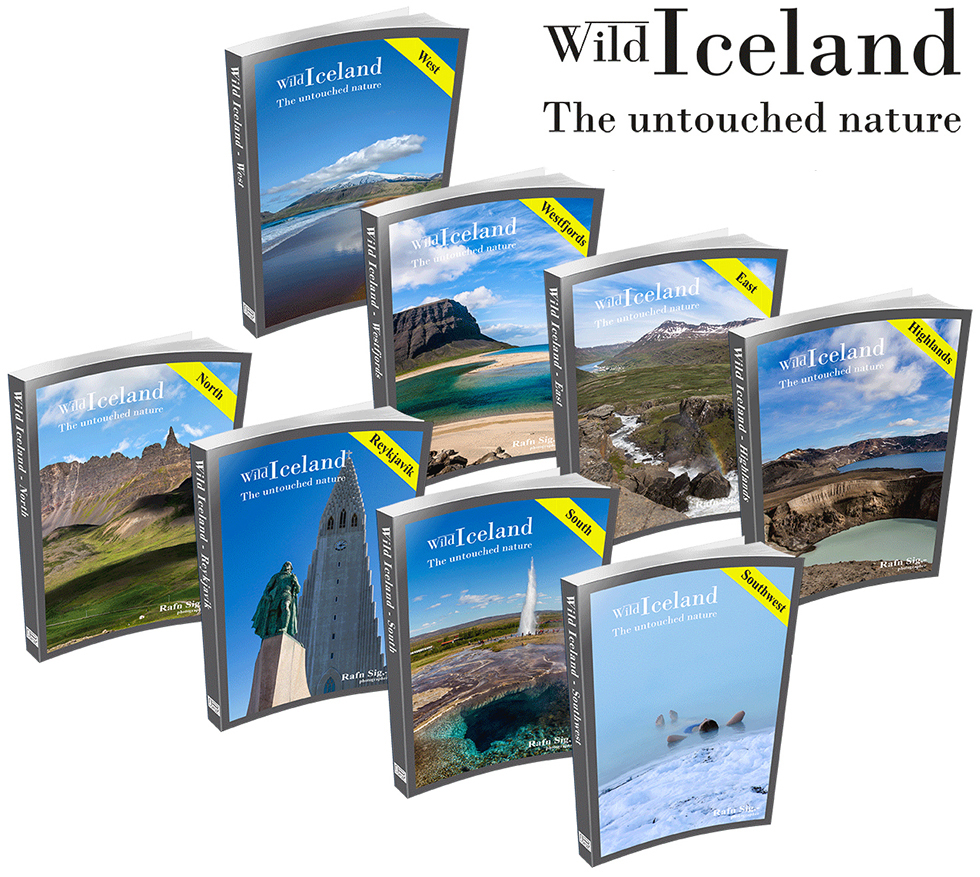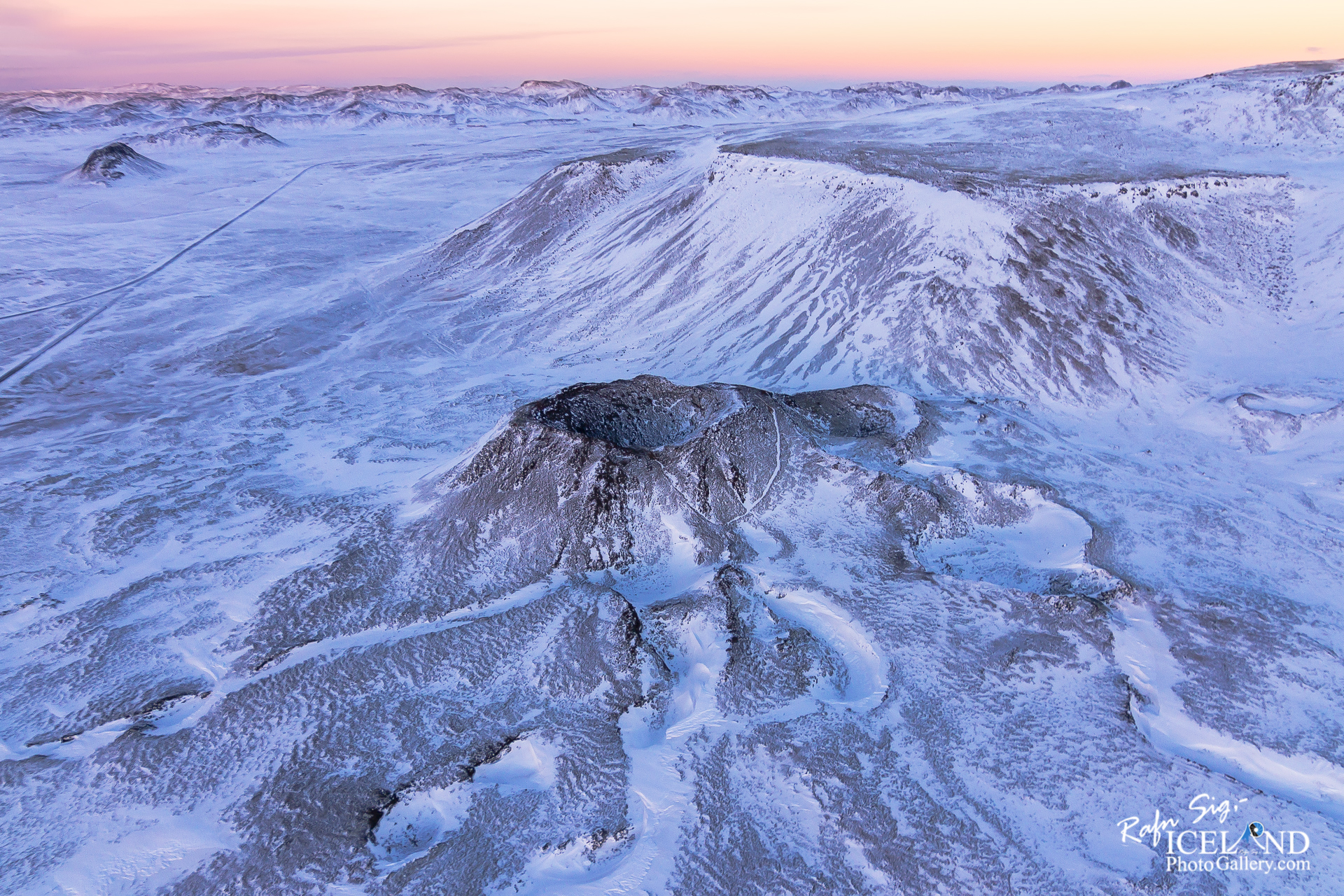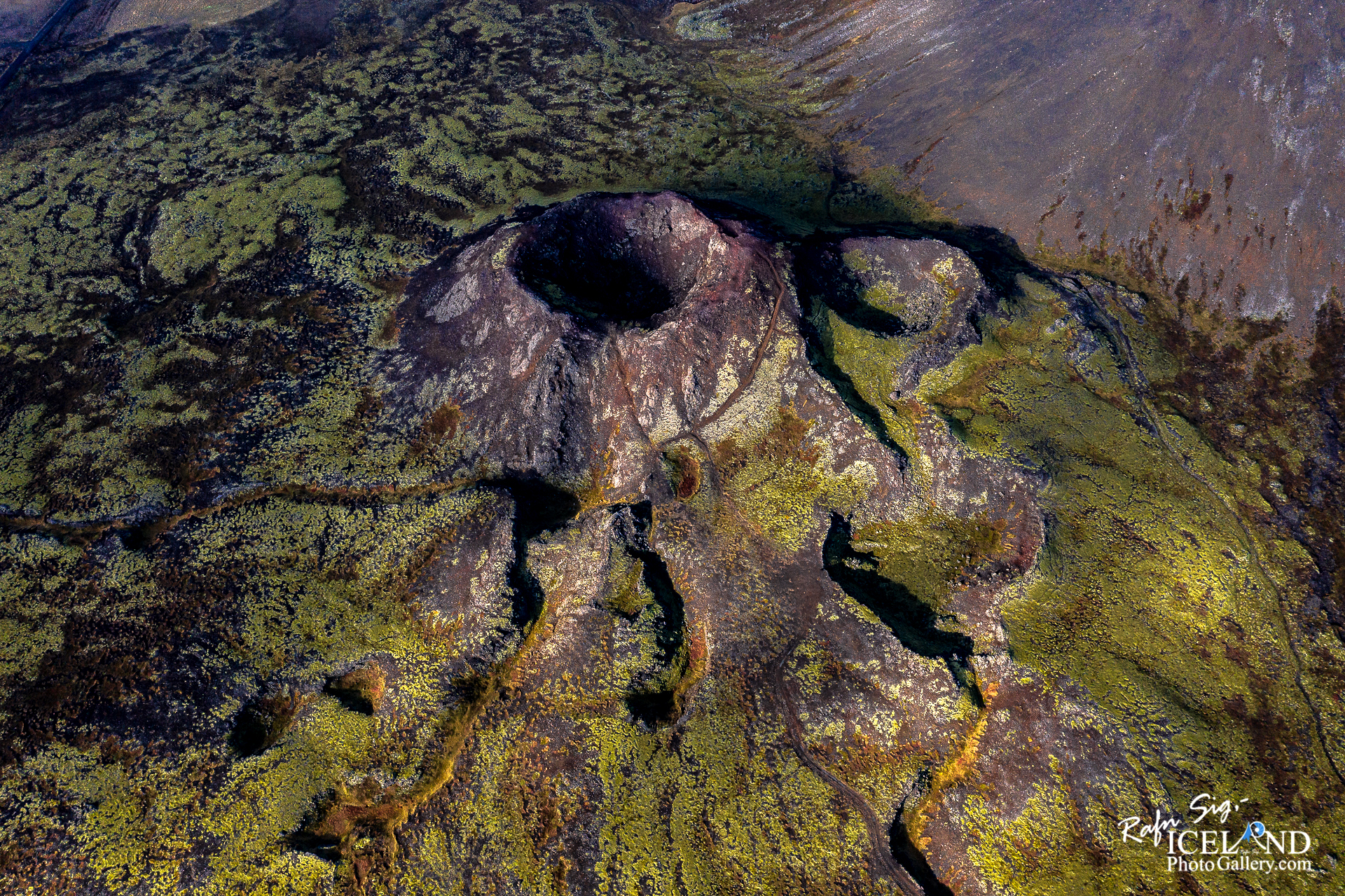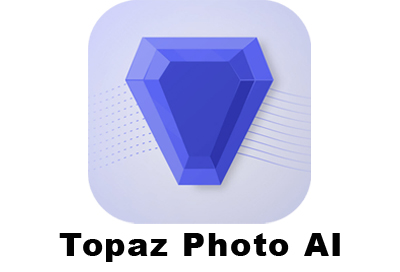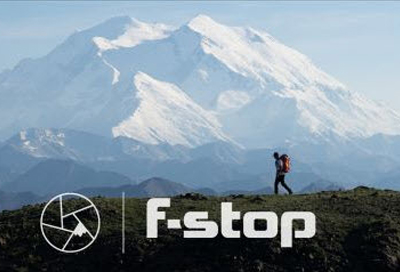2023-02-25
Stóra-Eldborg Volcano │ Iceland Photo Gallery
Documenting Iceland
by: Rafn Sig,-
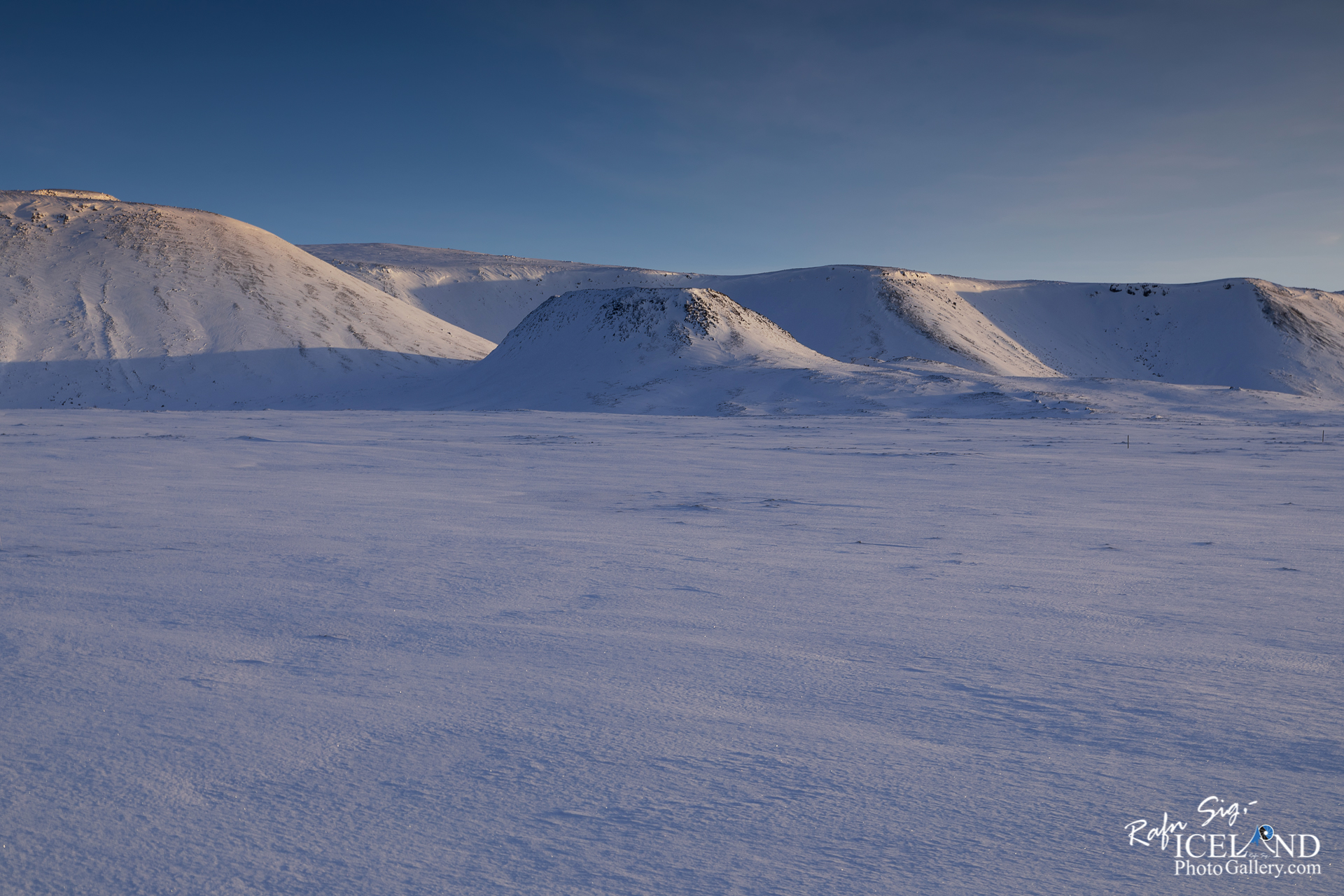
Undir suðurhlíðum Geitahlíðar í Krýsuvík er að finna einn af tignarlegustu eldgígum Reykjanesskagans er nefnist Stóra-Eldborg. Hann er stærstur fimm gíga sem mynduðust þegar gaus í sprungu í og við Geitahlíð
Stóra-Eldborg er formfagur gjallgígur, all tilkomumikill og um 20 metra djúpur. Hraunið og aldur hraunsins er ekki þekkt, en miðað við þykkt, framburð og áhrif frostveðrunar á yfirborð þess gæti það verið 7000-8000 ára.
Eldborgir myndast kringum hrauntjörn af hraunbráð sem fellur úr miðlægum gosstrók, eins og hér, eða smástrókum í tjörninni og hlaða upp kamb allt umhverfis, brattastan efst. Hér er kamburinn úr 5-10 cm þykkum hraunskeljum, líkustum hraunbelti hver og ein, blöðróttar efst en þéttari neðar. Hraun getur runnið yfir gígbarminn og svo var hér um skarð austan í móti.
Við gjall- og klepragíga má oft sjá hrauntraðir. Þær myndast þegar eldglóandi hraun umhverfis gíginn storknar nema í hraunlænu eða -straumi sem enn rennur um farveginn sinn. Eftir að gosi lýkur tæmist farvegurinn og kallast hrauntröð eftir það. Hrauntraðirnar neðan við Stóru-Eldborg eru gott dæmi um heillegar hrauntraðir.
Under the southern slopes of Geitahlíð in Krýsuvík is one of the most majestic craters on the Reykjanes peninsula, called Stóra-Eldborg. It is the largest five craters that were formed when an eruption erupted in and around Geitahlíð
Stóra-Eldborg is a shapely crater, very impressive and about 20 meters deep. The lava and the age of the lava are not known, but based on the thickness, precipitation and effect of frost weathering on its surface; it could be 7000-8000 years.
Volcanic eruptions form around a lava pond of lava that falls from a central eruption jet, as here, or small jets in the pond and pile up a ridge all around, the steepest at the top. Here, the ridge is made of 5-10 cm thick lava shells, most similar to lava belts, balloon-like at the top but denser at the bottom. Lava can flow over the crater rim and so there was a gap to the east.
In slag and rock craters, lava flows can often be seen. They form when incandescent lava around the crater solidifies except in a lava field or stream that still flows along its channel. After the eruption is over, the channel empties and is called a lava flow after that. The lava flows below Stóra-Eldborg are a good example of undamaged lava flow channel.
. . . All info at: https://www.patreon.com/RafnSig
You can buy this and other photos at my Icelandic Stock Photo Web: IcelandStockPhotos.com
– 0 –
Viltu styrkja þessa síðu?
Vefsíðan Iceland Photo Gallery er unnin í sjálfboðavinnu. Ef þú hefur áhuga á að styrkja þetta framtak til áframhaldandi uppbyggingar er hægt að leggja inn á:
Reikningsnr.: 0101-26-013169
Kennitala: 310155-4469
